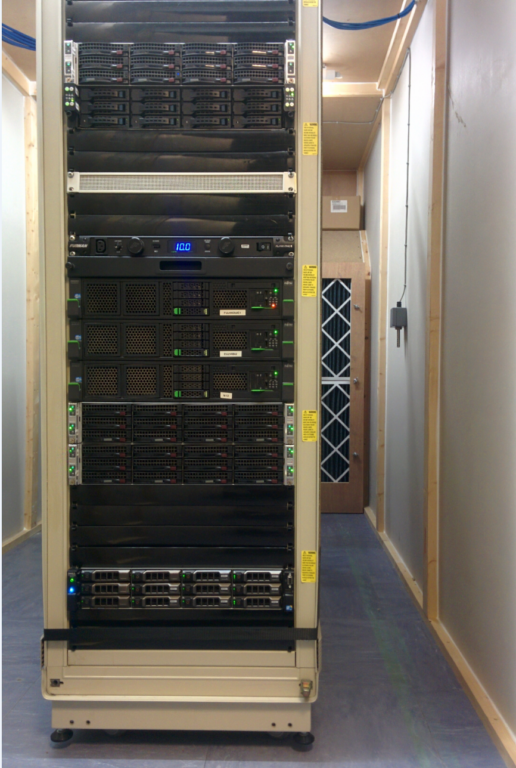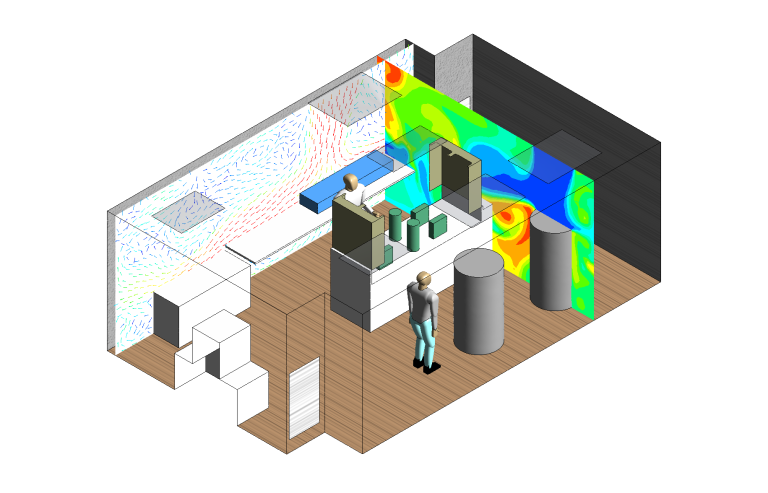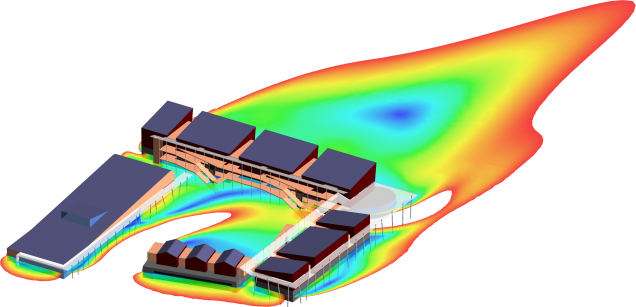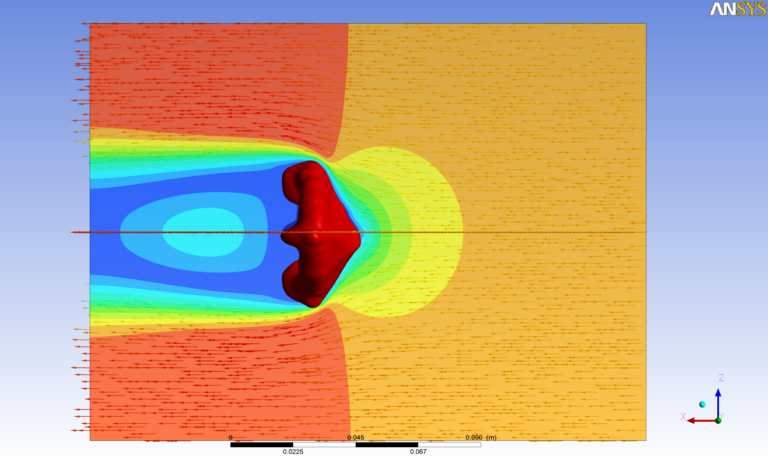Context
Computer farms are becoming increasingly widespread. They generate large amounts of heat in very small volumes. As processor technologies evolve, stable chip operating temperatures have risen dramatically.
When we set up our High-Performance Computing (HPC) cluster, we opted for “Free Cooling”, i.e. using filtered outside air to cool the physical infrastructure.




